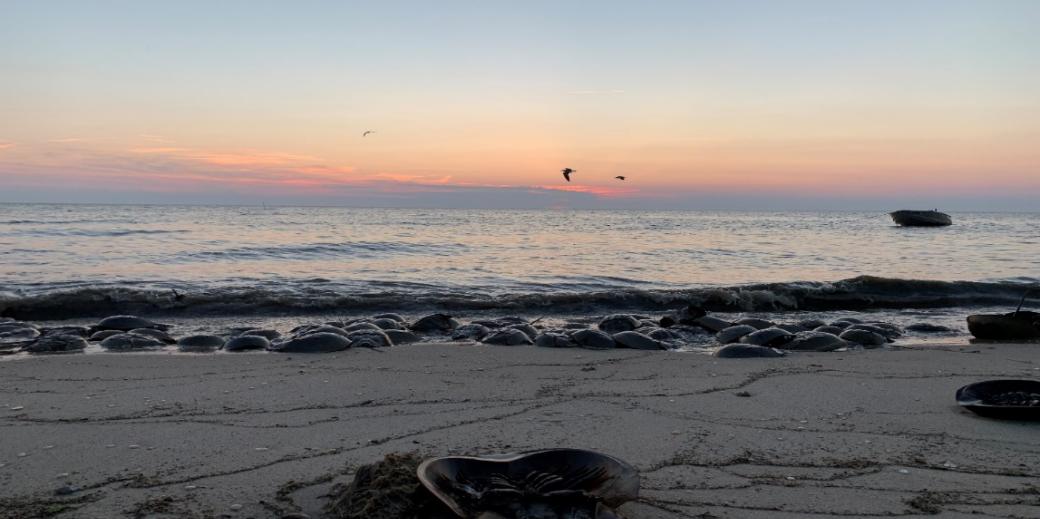
The state of Delaware is in the midst of explosive population growth and development at a time when it faces increasing risks of flooding from sea level rise and climate change. A coalition of partner organizations called the Waterways Infrastructure and Investment Network (WIIN) recognized that natural infrastructure (in the form of wetlands, rivers, creeks, open space, and bay beaches) provide a multitude of benefits that can mitigate some of the impacts of climate change while contributing to biodiversity, community way of life, and the economic health of the region. The natural resources within the Mispillion and Cedar Creek watersheds are one of the largest, relatively undisturbed tracts left in Delaware and they are critically important to conservation, climate adaptation, and community resilience. This investment strategy1 rests on the principle that the natural resources of the Mispillion and Cedar Creek watersheds are so valuable – ecologically, economically, and in a community resilience context – that they require active investment to maintain and enhance their value into the future.
This project was led by members of the Delaware Resilient and Sustainable Communities League (RASCL), including Delaware Sea Grant, the project manager; the University of Maryland Environmental Finance Center, the economic and investment study lead and author; and the Partnership for the Delaware Estuary (PDE), the project's administrative and fiscal agent as well as the vulnerability assessment lead. Together with the City of Milford, the Town of Slaughter Beach, and The Pew Charitable Trusts, they formed WIIN to develop a strategy to incentivize the continued resilience of this region. The natural resources of this region have value far beyond traditional economic terms. This value can be leveraged to support community needs while maintaining the health and character of these resources for future generations.
